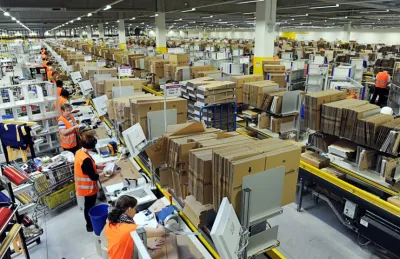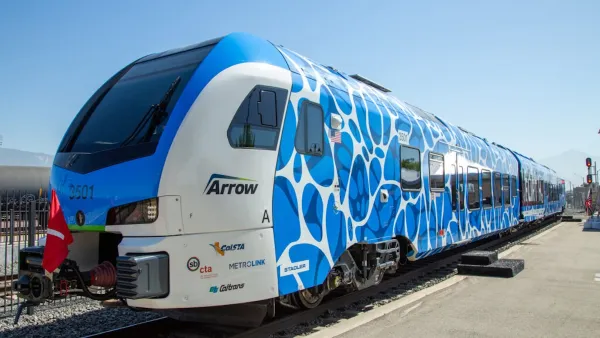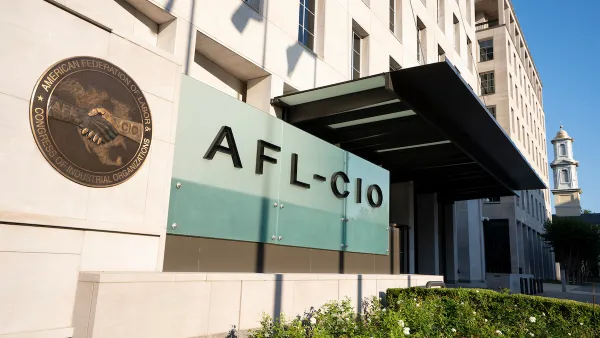Small cities around the country with high unemployment are desperate for jobs, but when an Amazon distribution center moves into town, it's not all good news.

San Bernardino, a city located in the Inland Empire of Southern California, was excited to get an Amazon distribution center, but some worry the company, which is now the city's biggest employer, is holding down wages. "San Bernardino, the unemployment rate that was as high as 15 percent in 2012 is now 5 percent," Alana Semuels reports for The Atlantic. But "[t]he median household income in 2016, at $38,456, is 4 percent lower than it was in 2011." This phenomenon is not uncommon in cities with lots of Amazon jobs. "A report from the Institute for Local Self-Reliance found that Amazon paid 11 percent less than the average warehouse in the Inland Empire; a similar analysis by The Economist found that workers earn about 10 percent less in areas where Amazon operates than similar workers employed elsewhere," Semuels writes.
Cities competing for these distribution centers don't consider it possible to make demands of the online retailer, which could find other locations. "These places, often located in the outskirts of major cities, have lost retail and manufacturing jobs and, in many cases, are still recovering from the recession and desperate to attract economic activity," Semuels writes. In fact, they often offer Amazon incentives in tax deals and infrastructure built specifically for the distribution center. "If these places don’t get a new Amazon facility, they won’t instead get companies like Stater Brothers that are willing to come in and pay double or triple the minimum wage for jobs that don’t require a college education."
The company also encourages a high level of competition between its warehouse employees, Semuels reports. "They’ll run competitions such as a 'Power Hour' in which workers are encouraged to work as hard as they can for a prize. One recent prize was a cookie." Some in San Bernardino have tried to start unions, but those efforts have not gained traction. "Randy Korgan, the business representative and Director of the Teamsters Local 63, which represents the Stater Brothers employees, told me that his office frequently gets calls from Amazon employees wanting to organize. But organizing is difficult because people fear losing their jobs if they speak up," Semuels writes.
FULL STORY: What Amazon Does to Poor Cities

National Parks Layoffs Will Cause Communities to Lose Billions
Thousands of essential park workers were laid off this week, just before the busy spring break season.

Retro-silient?: America’s First “Eco-burb,” The Woodlands Turns 50
A master-planned community north of Houston offers lessons on green infrastructure and resilient design, but falls short of its founder’s lofty affordability and walkability goals.

Delivering for America Plan Will Downgrade Mail Service in at Least 49.5 Percent of Zip Codes
Republican and Democrat lawmakers criticize the plan for its disproportionate negative impact on rural communities.

Test News Post 1
This is a summary

Test News Headline 46
Test for the image on the front page.

Balancing Bombs and Butterflies: How the National Guard Protects a Rare Species
The National Guard at Fort Indiantown Gap uses GIS technology and land management strategies to balance military training with conservation efforts, ensuring the survival of the rare eastern regal fritillary butterfly.
Urban Design for Planners 1: Software Tools
This six-course series explores essential urban design concepts using open source software and equips planners with the tools they need to participate fully in the urban design process.
Planning for Universal Design
Learn the tools for implementing Universal Design in planning regulations.
EMC Planning Group, Inc.
Planetizen
Planetizen
Mpact (formerly Rail~Volution)
Great Falls Development Authority, Inc.
HUDs Office of Policy Development and Research
NYU Wagner Graduate School of Public Service




























